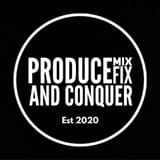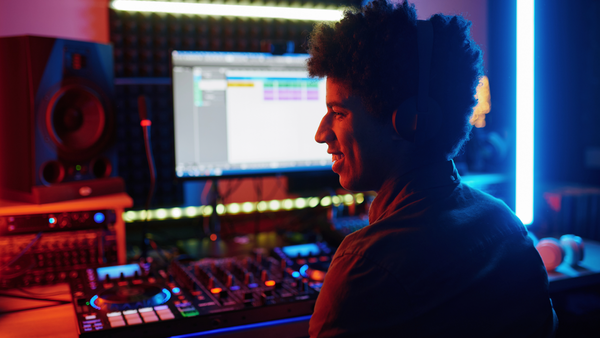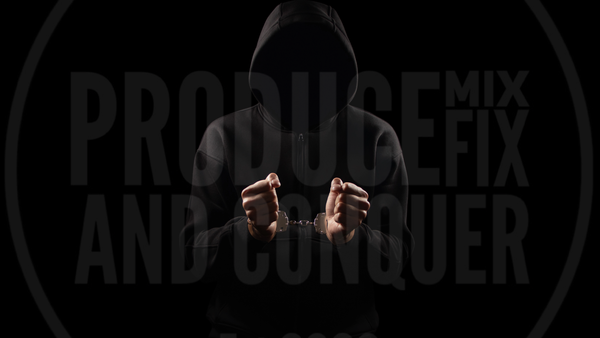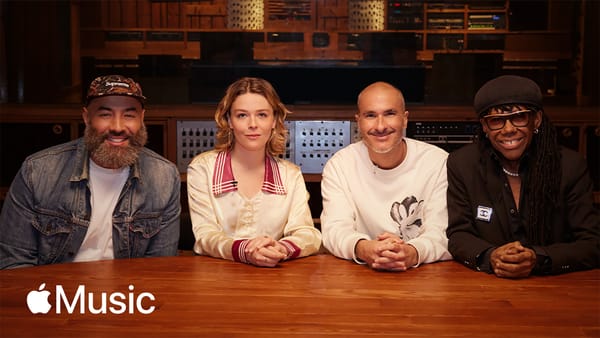Developing a Gut Instinct - By Ryan Sutton
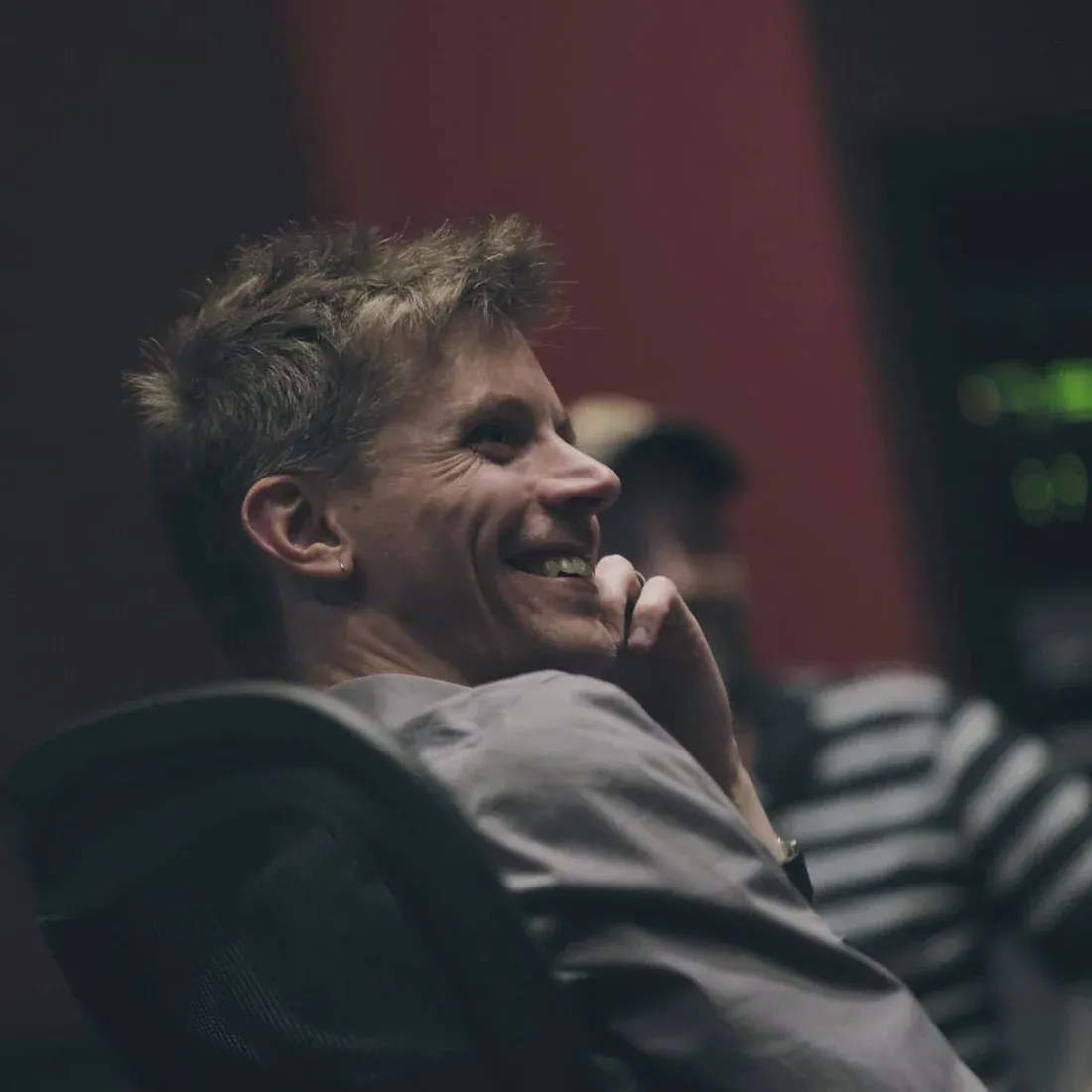
This morning I had coffee with a young guy who is interested in getting into the audio industry, specifically on the studio production side of things. He’d gone through one of the more popular audio schools here in Nashville but came out of it feeling a little directionless. I’m not going to slam the institution he went to, but this is a common problem that I hear. Ultimately, I realized that what he was really lacking was confidence in the abilities that he does have. Thought the course of the conversation, I asked some probing questions; some technical in nature, some not.
Grab excellent limited time plugin deals on Universal Audio, Solid State Logic, Fabfilter, Soundtoys, iZotope, McDSP, Sonnox, Brainworx and many more to enhance your mix here: www.pluginboutique.com

He really likes using Ableton but I told him that working in Nashville requires mastering Pro Tools, with Logic in second place. Since he’s in his early 20s, finances are tight. I told him that there’s a free version of Pro Tools (Pro Tools Intro) that he can download for free and begin to understand and navigate the software. I also told him that Nashville is still a town where the studio scene is dominated by musicians playing actual instruments. Therefore, he needs to start recording anyone he knows (for free) to start learning all the aspects of recording real instruments. He’s not going to learn how to mic and record a drum kit if all he uses are sample libraries and one shots.

(Photo Credit: The Blackbird Academy)
I encouraged him to shelve his desire to be a mix engineer until he really learned how to capture great recordings going in. Then he will truly know what to do when he has a session to mix because he’s accumulated all the experience on the front end. Hence, developing a gut instinct…
A Family of Music Legends
My journey in this field is a bit unique. I did go to a great college and then to a private audio school. However, it wasn’t until I’d graduated that I really started to learn about great record making. I grew up in a highly successful music business family. My uncle, Bob Gaudio, was a founding member and principle songwriter of The Four Seasons who’s hits included “Sherry”, “Big Girls Don’t Cry”, “Walk Like A Man”, “Rag Doll”, “Can’t Take My Eyes Off You”, and “December 63 (Oh, What A Night)” just to name a few. He later went on to produce other artists such as Neil Diamond, Frank Sinatra, Marvin Gaye, and Michael Jackson. I’ll come back to this later…

(Photo Credit: IISG)
When I started at age 15, he gave me a Fostex 4 track cassette machine and its manual. I excitedly went home and got right to work. I recorded a crappy drum machine, a barely in-tune guitar, and a horrible keyboard. After those went down to tape, I only had 1 track left but more than one idea I wanted to record. So I called him and he said that I had to “ping-pong” (or record) the first three tracks to the fourth. Side note: this is how all the old bands got the recordings they did. Anyone who thinks The Beatles “only had 4 tracks” is woefully ignorant.

(Photo Credit: Roger)
What this meant was that I had to commit to the blend of those tracks because once I started doing more recording, I was permanently erasing what was there previously. I messed up so many times at this stage I lost count. But over time, I learned how to do it better and better. Then when I turned 18 he gave me one of his Akai 16 channel digital recorders. Now I could record stuff in stereo! I thought I was big stuff at that point!
But I had to go through the same learning curve process in how to maximize my recordings. On top of that, having 4x the amount of tracks meant that I had to start learning a degree of session management. For example, I would record guitar solos on lead vocal tracks when the singer wasn’t singing. This kind of thing was very common on 16 and 24 track recordings. You used up any tape real estate you could. Then enter Pro Tools…

(Photo Credit: CJ Sorg)
When I got in Pro Tools land, Avid had not yet purchased Digidesign. I started on version 6.9 with a rack mount 002 interface and I had that thing forever. At that point I was really beginning to develop an understanding for how to capture great recordings. Around this same time, I began assisting a top tier engineer here in Nashville. The first day we were on a session together he said to me, “I know how you were taught to record and make records. I was taught the same way (at school). But I’m going to show you how albums are made”. Once I started watching him work, he turned most of my “education” on its head.
He was going over to EQ’s and compressors and being really aggressive with his moves. Whereas I was taught to not do any of that and just wait to do it in the mix because once you record something, you can’t un-record it. When we were done with that first session, everyone was listening to the playback in the control room and I was astonished at how close it sounded to a final product. I then made a goal for myself to develop the confidence to work in that same way. Fast forward a number of years later and I finally get to start doing work with my uncle. Up until this point he wouldn’t work with me because I wasn’t as good as anyone else he could go hire for big projects.

(Photo credit: The Blackbird Academy)
That’s the world he works and lives in. Creme of the crop everywhere. The first day we were working together it was for a Frankie Valli Christmas record, and I was a little unsure as to how this was all going to work. I was getting sounds on something and he said that it wasn’t right/good enough. He wanted to have as close to a finished sound straight out the gate. In that moment I recalled back to my first day on the session I was talking about earlier and I began to get aggressive, assertive, and confident with moves I would make. Once I was there with Bob, that’s where I’ve stayed. It’s been the same on every project I’ve done with him for such clients as Adam Levine, Joe Pesci, Jersey Boys, and most recently the cast album for “A Beautiful Noise: A Neil Diamond Musical” that opened to rave reviews and ticket sales back in December.
Now, I abhor the idea of fixing anything in the mix. I communicate this with every artist/band I work with to the point where a band I’m currently producing had a t-shirt made for me that says “Fix It In Pre”. I’m huge on album pre-production.

If anyone reading this participated in the PMFC mix competition a few months back, you’ll know that the song that was used had great sounding, well thought out tracks. It was fun to hear comments like “these are so good that I feel like I don’t have to do anything to them” and “I’ve never worked with tracks that have such a professional quality. Bob St. John put it like “it sounded like the adults were at the helm”. I don’t say this to toot my own horn. I mention it as the predictable result of putting in the time and effort to really learn your craft.
As much as I enjoy Youtube tutorials and online engineering education sites, they can never teach you how to develop your own unique gut instinct. They can tell you the “what” but can rarely tell you the “why” in a effective manner. In the end, time is the thing you have to give to the undertaking of audio engineering. I started at 15. I’m now 42 and I’m always trying to better myself and see just how much juice I can squeeze out of the lemon.

